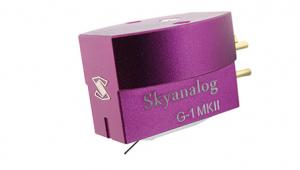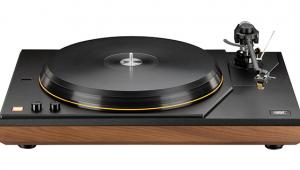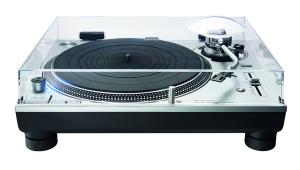DS Audio DS 003 Cartridge Page 2
What drew me to it was an article I had seen recently about rock trios in which one member overshadowed the other two, eg, Clapton in Cream. What the author explained with utter lucidity was the worth of Noel Redding and Mitch Mitchell on bass and drums respectively. From the opening notes of 'Purple Haze' through all eight sides (except for, of course, a few Band Of Gypsys tracks), the article was validated, both musicians driving Hendrix along, not merely complementing him.
From little fills to cavernous thunder, the DS 003 extracted all the bass energy and percussive slam with richness and control, sounding like a cross between a classic Japanese moving-coil and a Decca. I was reminded of the latter's speed, attack and precision, but that was not all. There was an uncanny, Koestu-esque fluidity which manifested itself in the strangest way.
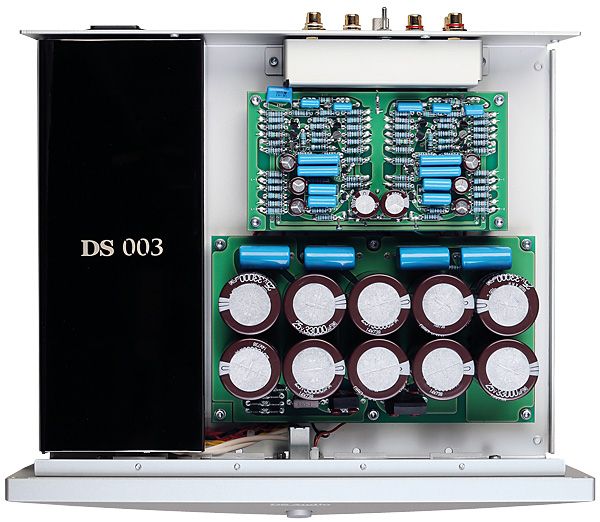
Let's not be coy: early Hendrix LPs were in many ways 'kitschy psychedelia' thanks to lots of weird left-right panning and level phasing. The DS 003 expanded the soundstage and created within it a consistency that allowed the panning to be accomplished with the smoothest travel you could hope to hear, eschewing dead areas, while the in-out phasing was equally effortless. This authority also enhanced the front-to-back depth experience of, er, the Experience, so even though the gimmicky effects are dated, you hear without obstruction how the musicianship remains – after 50-plus years – without peer.
And if you want to understand atmosphere, listen to 'The Wind Cries Mary' via the DS 003, and hear how the guitar playing seems to exist in its own dimension – not merely its own space.
Silky Cut
More conventional is the 1972 orchestral version of the Who's Tommy [Ode SP99001], which remains unnecessary, as the original release was majestic enough. Whatever the reason, Pete Townshend sanctioned this performance of the rock epic with A-list guests – Rod Stewart, Ringo Starr, Richie Havens, Maggie Bell, Merry Clayton, Richard Harris, etc – backed by the LSO. It would be followed by the film soundtrack, a live performance from a few years ago, and who knows what else, but this oozes pedigree despite it now being redundant.
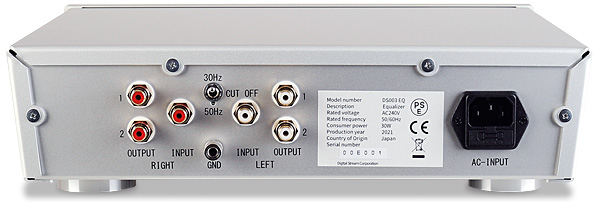
And what a sound! The grandiosity matches the LSO's more traditional fare, and through the DS 003 it called to mind, of all things, some of the better-sounding Arthur Fiedler and The Boston Pops open-reel tapes. The feel was silky, with that inimitable air possessed only by opera and Broadway stage recordings. As it's 50 years old, the voices have changed, especially Stewart's, but the sonority and diction of the inimitable Richard Harris emerged so lifelike from the system that I was compelled to hook up LS3/5As to make sure I was hearing such authenticity.
Ultra Crisp
More pointless than an orchestral version of Tommy is the 2020 'reimagining' of a masterpiece. Yusuf/Cat Stevens (yes, that's how he's billed) and the original producer, former Yardbird Paul Samwell-Smith, re-recorded Tea For The Tillerman2 [Cat-O-Log Records 02508 88695] with mainly leaner arrangements. The DS 003 revealed that his voice has altered less over the decades than has Stewart's, while the instruments' harmonics were breathtakingly convincing.
Again, the DS Audio technology – here come the traits – demonstrated background silences, openness, freedom from fatigue and anything else that could mar such crystalline sound. This was evident on every track of the mono remastering of The Turtles' Golden Hits [Demon DEMREC628], capturing Johnny Barbata's ultra-crisp drumming and new-to-me low-level details in the impossibly familiar 'Happy Together'.
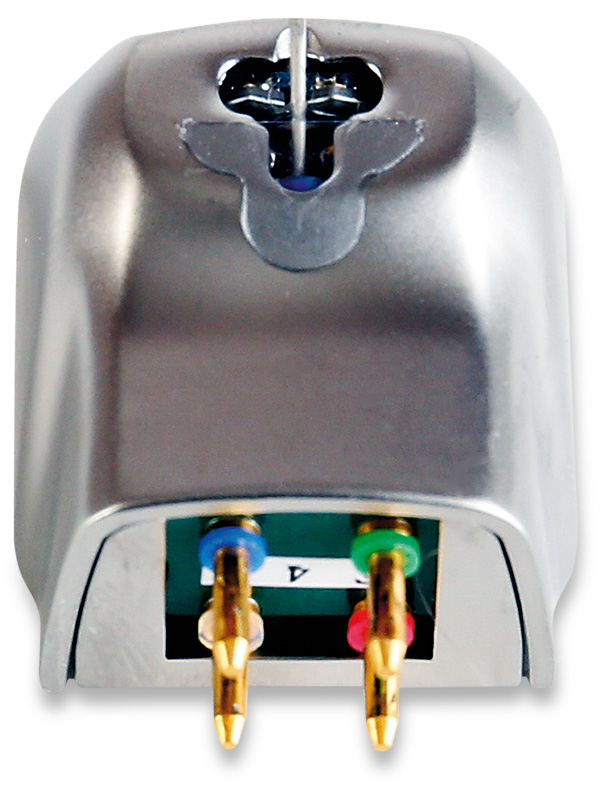
If one is lucky enough to listen to a world-class component, there's usually a watershed moment, one of a revelatory nature that tells you when something truly is special. For the DS Audio DS 003, it arrived with both the discoveries among The Turtles' tracks, but especially the remastered Ladies Of The Canyon from the box set, Joni Mitchell – The Reprise Albums 1968-1971 [Rhino R1653984].
Mitchell possesses a voice of such unique clarity and fragility that it is immediately recognisable, while 'Big Yellow Taxi' is a song I've heard so many times I thought I knew every millisecond. The DS Audio DS 003 performed the miracle that elevates a component from the merely superb to the magnificent: it made the song sound like I was hearing it for the first time. I am smitten.
Hi-Fi News Verdict
The DS 003 shows emphatically how trickle-down technology benefits the customer, while maintain a pecking order. As close as it is to the mind-boggling Grand Master, enough differences ensure that the two can co-exist: the DS 003 is the more lively of the two, the Grand Master the more subtle. That said, if you can afford a Grand Master, buy it. If you cannot, the astonishing DS 003 will still blow your mind.








